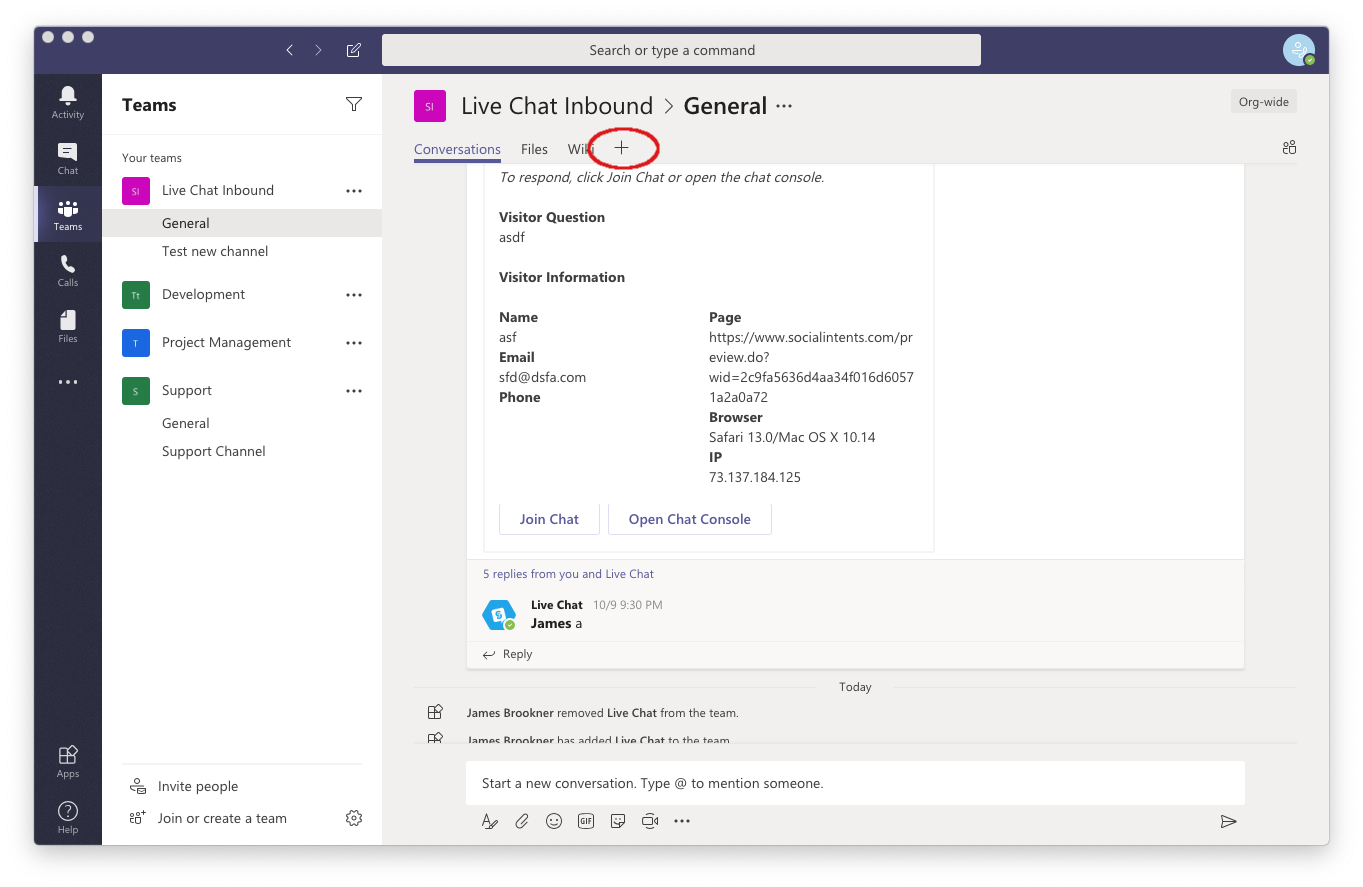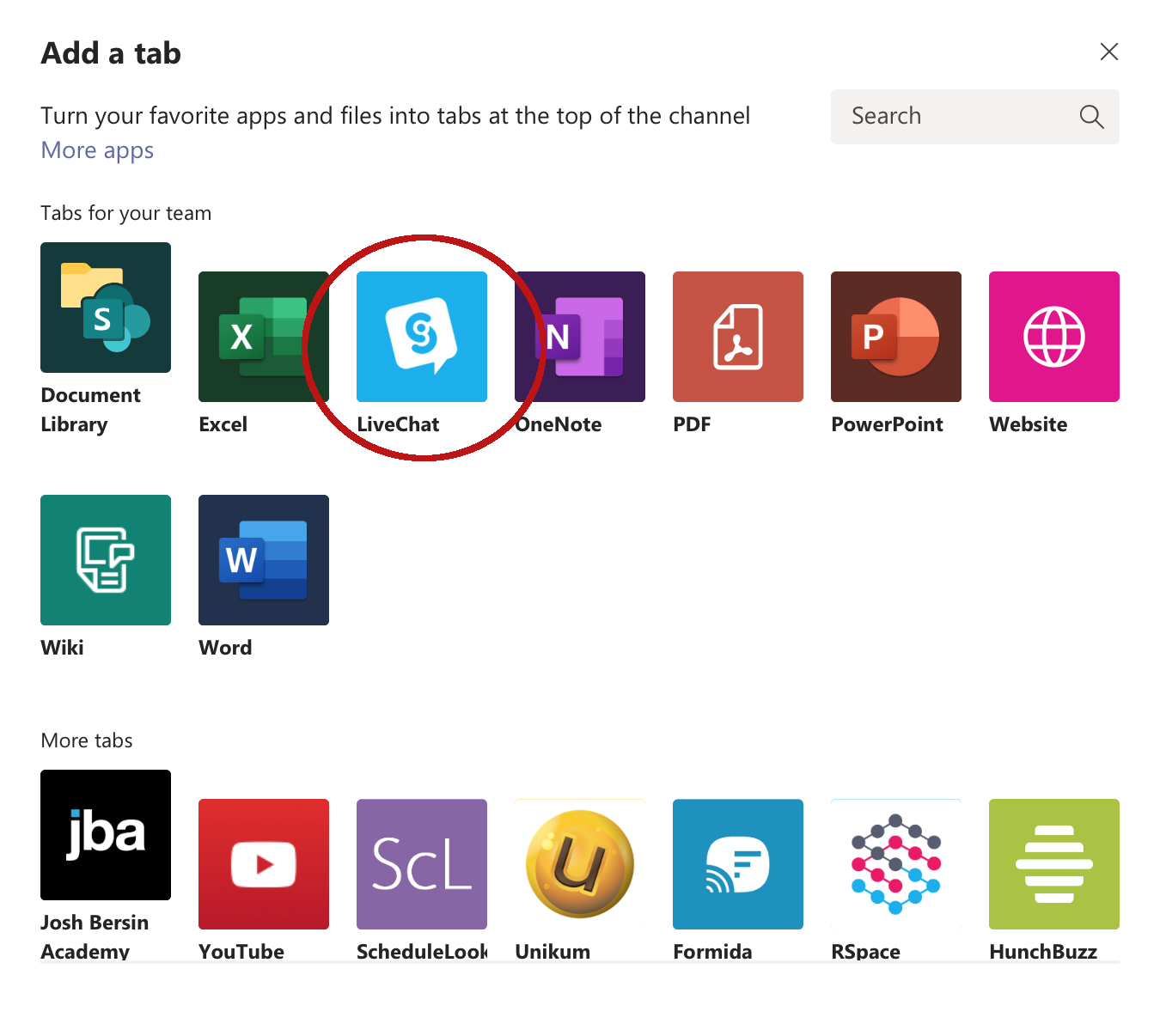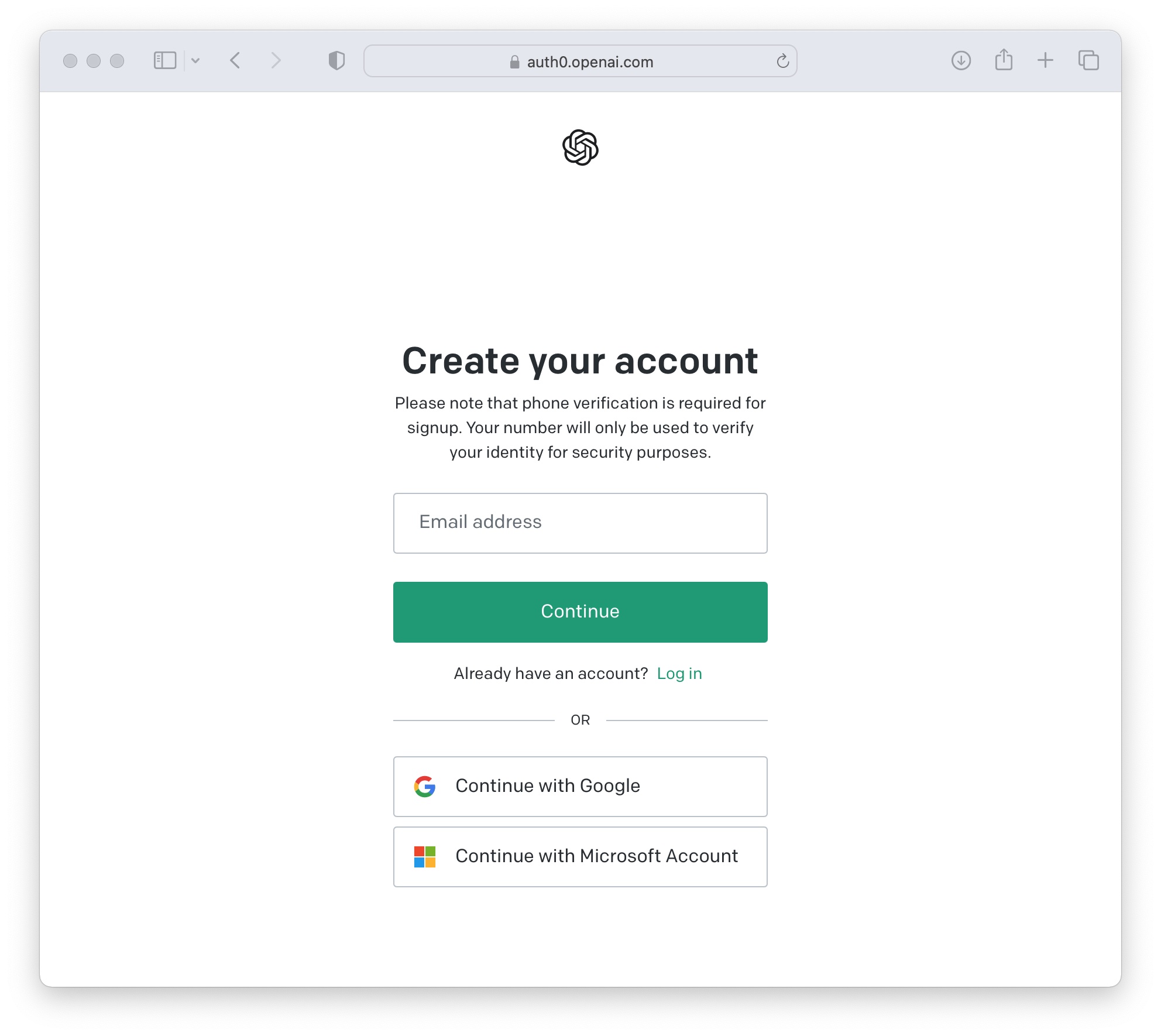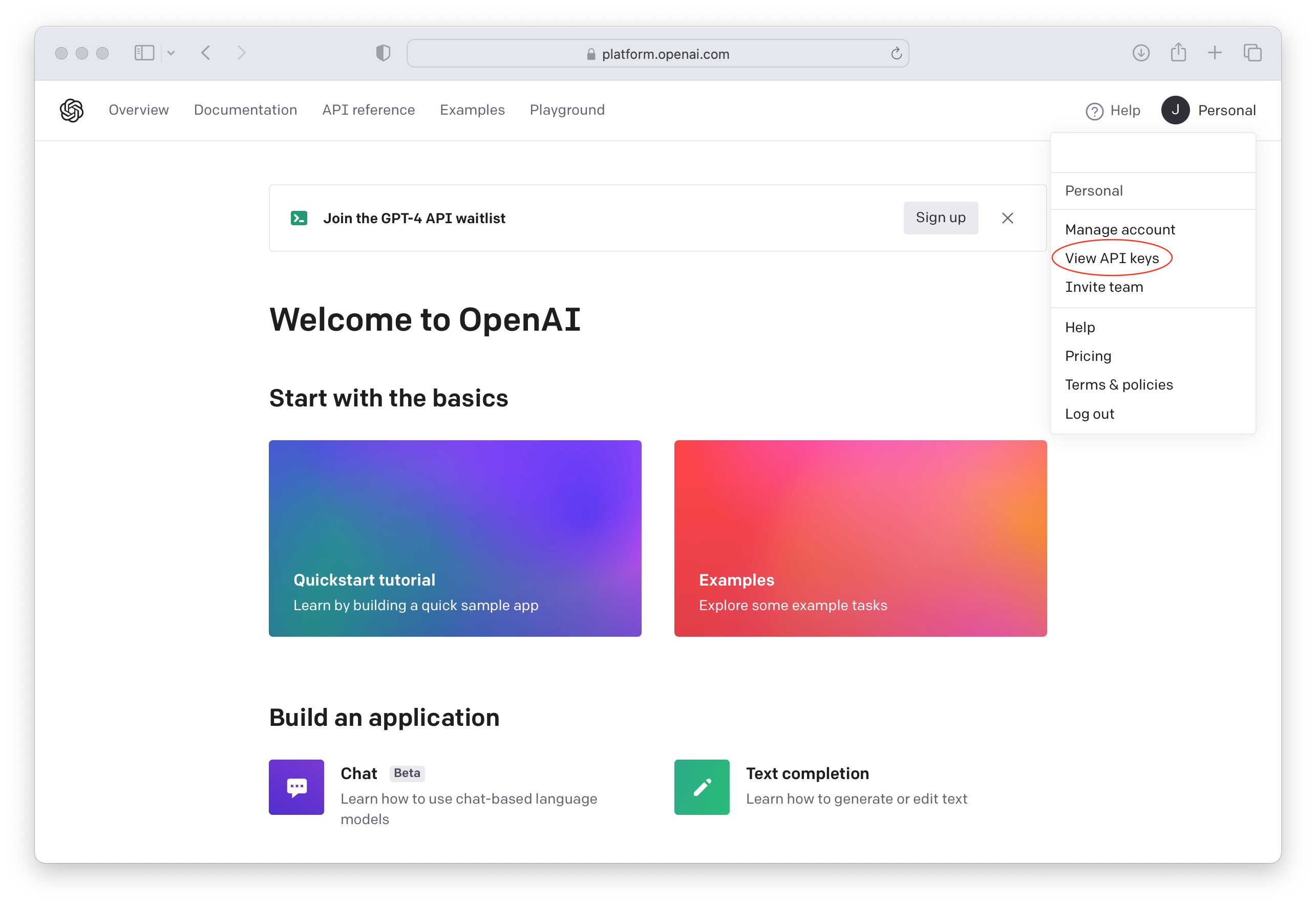ChatGPT Website Plugin
How to use a ChatGPT Plugin to enable ChatGPT on your website
In this article we're going to show you how to use a ChatGPT plugin to add a ChatGPT chatbot right to any website. Whether you want to use ChatGPT to send visitors Knowledge Base articles, answer pricing questions, or give details on your products, you can use a ChatGPT plugin to do this.
The ChatGPT website plugin is fully customizable uses your own OpenAI API Keys so you have full control over models, training phrases, and set up.
In addition, with the ChatGPT plugin, you can route visitor chatbot questions to ChatGPT or directly to humans depending on your scenario. We support intent phrases that will route your chatbot questions to your human agents in Microsoft Teams, Slack, or web-based dashboard.
Here are some things you can do with the ChatGPT Website Plugin with Social Intents:
- Pre-qualify your leads with custom fields
- Escalate to your human agents in Microsoft Teams and Slack with keyword triggers and intents
- Choose your ChatGPT model
- Set up initial System messages for the ChatGPT API
- Leverage shortcuts and dynamic responses
- Send links to important URLs
- Generate leads to your service with our 3rd party integrations.
- Direct your website visitors to your website information with a chatbot

Here's a step by step guide to creating your first ChatGPT plugin for your website.
Prerequisites
- A OpenAI ChatGPTAccount: https://platform.openai.com/signup
- The Social Intents Live Chat account: https://www.socialintents.com/chatgpt-chatbot.html
High Level Steps
- Create your Social Intents Free Trial
- Create your OpenAI API Key after registration
- Add your OpenAI API Key to your Social Intents chatbot settings.
1. Create your Social Intents Live Chat account
When you create your Social Intents account, you can add the Live Chat integration directly to Microsoft Teams, Slack, Zoom, Webex, or just set up a standalone web-based live chat account.
You can also use this link to add Live Chat to Microsoft Teams: Add Live Chat to Teams.

Now, select the ‘Sign In with Microsoft’ button to authorize Live Chat for your Teams account. That's it - you don't need to sign up for a separate account.
If you have not yet added a Live Chat tab to your Team or do not see the Live Chat tab yet, just click the '+' button at the end of the tab list.


Chat requests will be sent to the shared Team channel for every Live Chat.

You can reply to chats from the Team conversation or the dedicated ‘Live Chat’ tab.

Next, mention our ‘@Live Chat’ bot in your posts of this channel to make sure we see your messages.
2. Create your OpenAI account
If you haven't already, sign up for your OpenAI account here:
 Once logged in to OpenAI, click on your profile and select 'View API keys'
Once logged in to OpenAI, click on your profile and select 'View API keys'

Now create a new API Key to use in your Social Intents Chatbot Settings for integration.

3. Add your OpenAI API Key to Social Intents Chatbot Settings
Now that you've added Live Chat to Microsoft Teams, we have created a Social Intents account. Login directly to Social Intents with your Microsoft Teams Email address and a password you generate on our site. If you don't have one yet, just select the forgot password link to send a new one.
In your Chatbot Settings name your bot, choose an avatar for the chat bot and select Chatbot Type of 'ChatGPT with OpenAI'.
You can then decide how you want your chatbot to be invited into the chat. You can have a chatbot only, then invite agents later, have it pick up only when your live chat agents are offline or miss a chat, or join the same time your agents join.
For ChatGPT Model, you can choose any of the models the OpenAI supports with the Chat API: https://platform.openai.com/docs/guides/chat
We choose the current chat model: gpt-3.5-turbo.
Copy your OpenAI API Key into the field called: ChatGPT API Key.

Next you can customize your ChatGPT welcome text with a Default Welcome Response, and Quick Reply buttons to help direct your users.
The Human Escalation trigger phrases can be used to match on user intents when they want to reach to a live agent. You can use a series of phrases with wildcards here to match different types of questions or intents from your website visitors. When one of these phrases is matched, we invite your human agents by sending Live Chat Invites to Microsoft Teams, Slack, Zoom, or Webex.
Once your agents answer the chats, then the ChatGPT chatbot drops out of the conversation so your agents can continue the conversation with your visitors.

Finally, because training isn't yet supported in the OpenAI Chat API yet, we've exposed Instruction Phrases to allow to you send an initial System message when starting a chat to give your ChatGPT bot some context.
Once ChatGPT 4 is widely available, we'll open up additional options for training and plugins.
4. Copy your ChatGPT Website Plugin Snippet to your Website
Now just copy the Live Chat code snippet to your website to enable the ChatGPT customer service chat on your site.
 Grab your code and add to your html template:
Grab your code and add to your html template:

5. That's it! Your ChatGPT Plugin is added to your website!
Now your website chatbot powered by ChatGPT is enabled on your website and is ready to answer your visitor questions!

